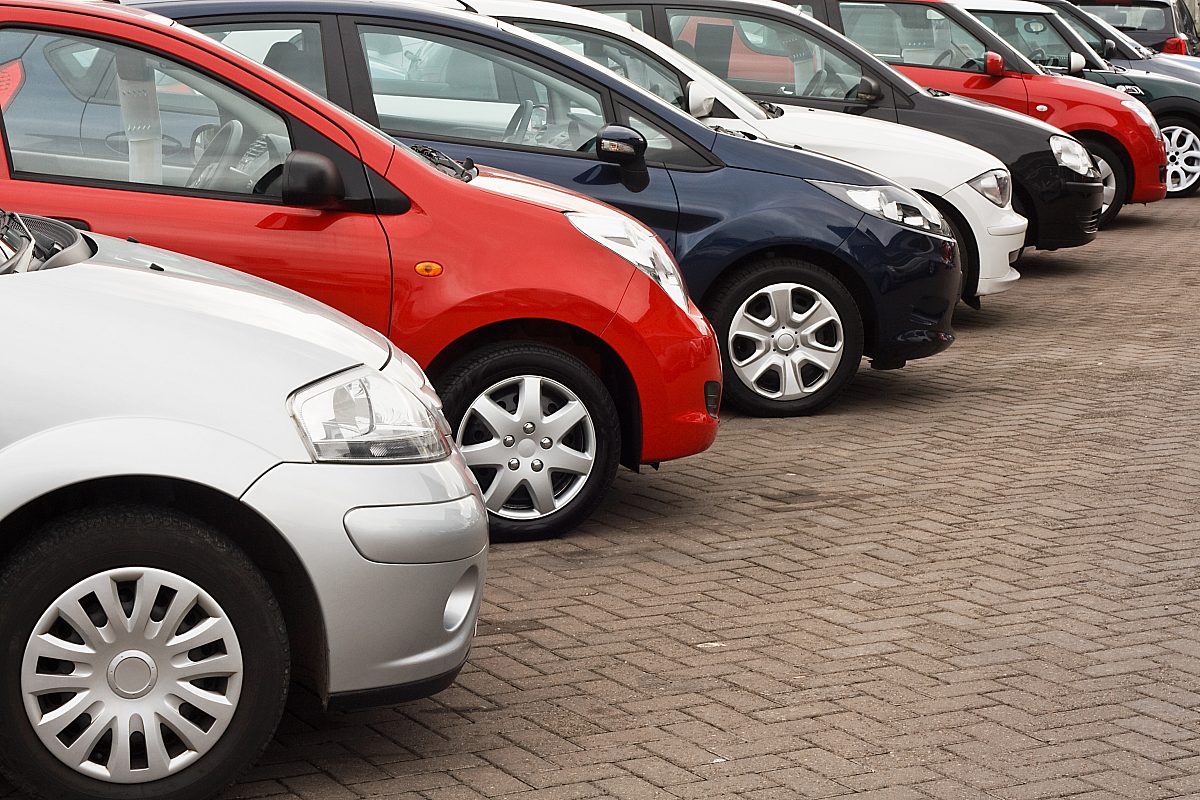
According to the latest data from Auto Trader’s Retail Price Index, which is based on pricing analysis of circa 900,000 vehicles every month, August saw the “largest monthly price increase ever recorded on its marketplace”. The average retail price of a used car last month was £13,705, which marks a 6.1% year-on-year (YoY) increase on a like-for-like basis and five months of consecutive growth.
Average prices in August were affected by a number of different factors, including the mix of stock within the market. Last month there were fewer diesels, automatics and cars aged under one year old in the market, which as a result meant price growth was in fact slowed down by a decline in these more expensive segments.
Whilst supply challenges remain for many retailers, demand continues to grow at record levels. On Auto Trader, the huge traffic seen throughout June (64 million) and July (64.4 million) has accelerated dramatically in August, with a staggering 67.1 million cross platform visits to its marketplace: a year-on-year increase of 30.5%.
Diesel prices grow, electric declines
Taking a more granular view of the market, due in part to demand outpacing supply, internal combustion engine (ICE) vehicles continued to record strong rates of price growth in August. As highlighted on Auto Trader’s Market Insight analytics tool, demand for petrol cars increased 27.4% YoY last month, whilst supply was down -3.6%. As a result, the average sticker price for a used petrol car increased 6.8% (£12,389) in August, the ninth month of consecutive growth.
Diesel recorded a similarly positive performance. However, whilst demand was up 19.3% YoY, supply of second-hand diesels in the market fell a significant -20.3% in August. It contributed to a 6% YoY (£14,572) price increase, the highest ever rate of growth for second-hand diesel cars recorded on the Retail Price Index.
In contrast to their ICE counterparts, since the beginning of the lockdown period demand for low emission vehicles has fallen below levels of supply. It suggests car buyers are reverting to the type of vehicles they are familiar with, and what they consider to be the most affordable choice, namely petrol and diesel cars. In August, the average price of an EV was £25,880, a -5.2% decline on the same period last year, and the highest rate of contraction since November 2015. Alternatively fuelled vehicles (AFV) more broadly fared slightly better, with average prices declining -1.1% (£22,362); the sixth consecutive month of price contraction.
Commenting on the results, Auto Trader’s director of data and insight, Richard Walker, said: “Over the last five months we’ve observed a very positive trajectory for used car prices, driven largely by supply challenges and extremely strong consumer led demand. Although some of the supply constraints had begun to ease with the reopening of online auctions, many of our customers are reporting that they continue to face difficulty in sourcing wholesale stock. Combined with the massive acceleration in demand on our marketplace, whilst the trajectory may begin to level off slightly, we’re confident prices will remain buoyant over the coming months.
“It’s very reassuring to see such huge demand in the market as we enter into what will be a key month for the industry on its road to recovery. September is typically the second highest monthly volume for new car, but as March was cut short and with such exceptionally strong consumer metrics, it may very well represent the largest sales month of 2020.”
Sue Robinson, Director of the National Franchised Dealers Association (NFDA), said: “Used car prices are benefitting from strong consumer demand alongside supply challenges. Demand for internal combustion engine cars continues to be buoyant in the used sector, which is reflected in the average price increase for petrol and diesel vehicles. We expect appetite for used cars to remain robust over the coming weeks thanks to a number of factors including the movement away from public transport to owned vehicles and the increase in disposable income for a number of consumers.”
SUVs record highest rate of demand
In terms of body types, whilst hatchbacks saw the highest average price increase (10.7%) last month, SUVs continue to record the highest level of demand at 37% YoY. However, they recorded the lowest rate of price increases at 2.9, which is due in part to the high level of supply. Last month, SUVs represented 27% (87,348) of total supply into the market. In August every age band of used car recorded an average price increase. Both premium and volume brands saw average prices grow in August, increasing 3.9% (£20,710) and 11.5% (£9,065) respectively. Whilst demand outstripped supply in both segments, premium brands continue to show stronger performance compared to volume brands, increasing 27% versus 23%.
Retailer pricing behaviour
During the lockdown period the number of retailers making price changes and the value of price adjustments was significantly lower than normal trading conditions. This has increased following the reopening of showrooms in June; however, it remains below pre-COVID-19 levels. In August, the average number of retailers making daily price changes was 1,982; 17% fewer than in August 2019. The average amount being changed on a daily basis was £263, which was 28% decline on the same time last year.
